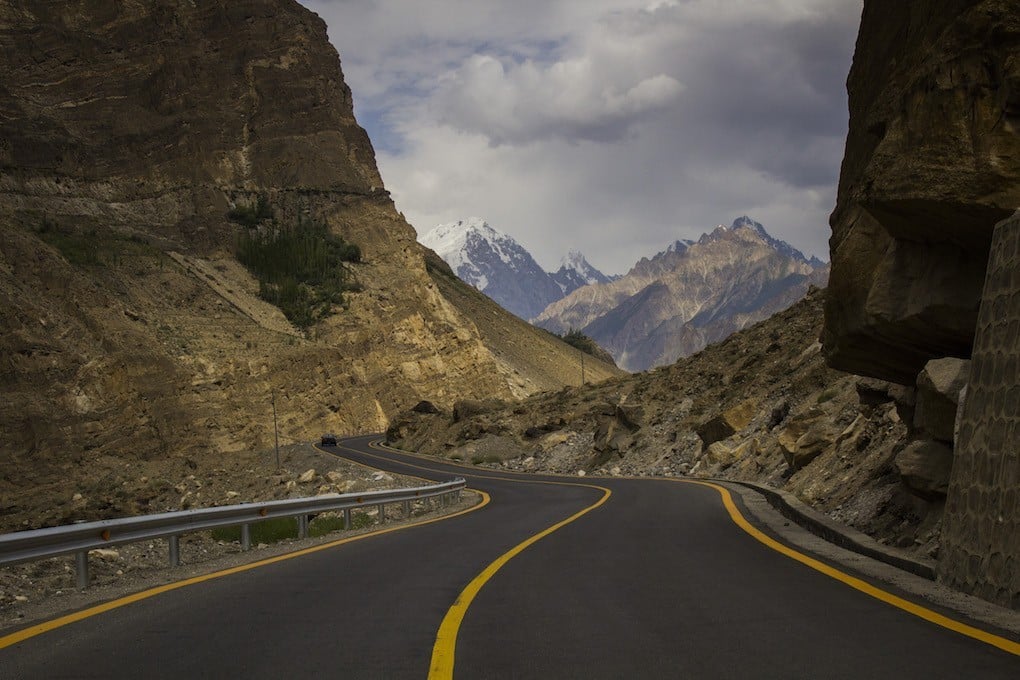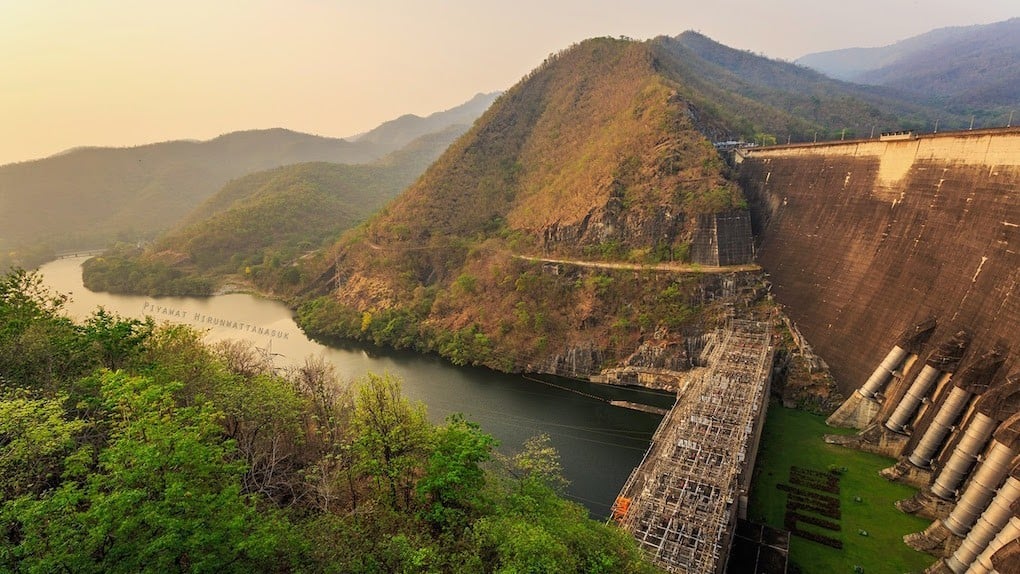Myanmar’s government currently collects much of the trillions of kyat generated by oil, gas, gemstones and other minerals each year, primarily through its state-owned economic enterprises (SEEs). In the face of such centralized control over revenue, many ethnic groups have long asserted their right to make decisions over resource management in their states. In fact, combatants in areas of active conflict and leaders from several ethnic minority parties—particularly those associated with Kachin, Rakhine and Shan states—have openly called for greater resource revenue sharing.
Category: Opinion
Collection of opinions relevant to the Mekong environment published in media outlets across the globe.
Cambodians Seek Compensation for LS2 Dam Relocation
The controversial Lower Sesan 2 Dam (LS2 Dam) is being built in the worse possible location: at the junction of two of the most important tributaries of the Lower Mekong River in northern Cambodia, i.e. the Sesan River & Srepok River.
This dam has received strong opposition and criticism from scientists, fisheries experts, NGOs and Human Rights groups. The dam will be located at a vital junction for the reproductive migration of dozens of Mekong River fish species. Thousands of families in six Villages in northern Cambodia will be displaced.
China’s Belt and Road initiative ripe with possibilities
FOLLOWING THE launch of its ambitious Silk Road Economic Belt and 21st Century Maritime Silk Road (Belt and Road) initiative in a big way, China followed it up with last month’s official inauguration of the Asian Infrastructure Investment Bank (AIIB), which is now operational.
Water management requires a more holistic view
As of Tuesday, the combined amount of usable water retained in seven major dams, including Bhumibol and Sirikit, that feed the Central plains stood at around 3,300 million cubic metres, or 18 per cent of their combined capacity of around 24,700 million cu.
The National Water Resources Committee (NWRC) came up with this figure at the end of November as it does every year, and after seeing these numbers, I must say it is of serious concern and I wonder how we will be able to survive yet another drought.
Mekong Region: Asia’s New Growth Center and Strategic Frontier
The Mekong countries of Cambodia, Laos, Myanmar, Thailand, and Vietnam are emerging to be not only the new growth center but also a new strategic frontier in Asia.
With a population of around 240 million and a combined GDP of $664 billion, the Mekong region has geopolitical significance and economic weight. It is located at the junction of the enormous emerging markets of Asia and their combined population of about 3.3 billion.
Myanmar’s landmark election and the likelihood of a peaceful and smooth power transition have drawn more international attention and interest to the Mekong region as a whole. Myanmar is expected to be a key regional actor and now possibly a catalyst of regional peace, democracy, and development.
Leaked WWF report on illegal logging in Laos: “A worst-case scenario”
A leaked WWF report exposes the scale of illegal logging in Laos. Almost all of timber exports from Laos go to Vietnam and China. In 2013, Laos exported 1.4 million cubic metres of timber to these two countries. That’s more than 10 times the official timber harvest in Laos.
Justice denied: the Thai activist who risked all to save his environment
The recent Thai Supreme Court acquittal of three men who masterminded the murder of environmental activist Charoen Wat-aksorn, shows a skewed justice system that puts capitalism in front of community. But this is not the only case of the forced silence of environmentalists.
How social can Chinese hydropower dams be?
How dam construction companies deal with the social and environmental impacts of their projects comes down to more than just their own policies, write Johan Nordensvard and Frauke Urban.
Why a tree falls in Brazil when a dam is built in the Mekong
Not only does hydropower development along the Mekong impact on food security, it also pushes land-use changes in other parts of the world. This was shown by visiting researcher Jamie Pittock in a recent Water Dialogues seminar.
Why the Mekong River Commission May Be In Peril
The fallout from the Great Fall in financial markets, equities and currencies is ricocheting through the regional economy and beginning to exact a toll – initially among badly-run companies and poorly-managed government institutions.











